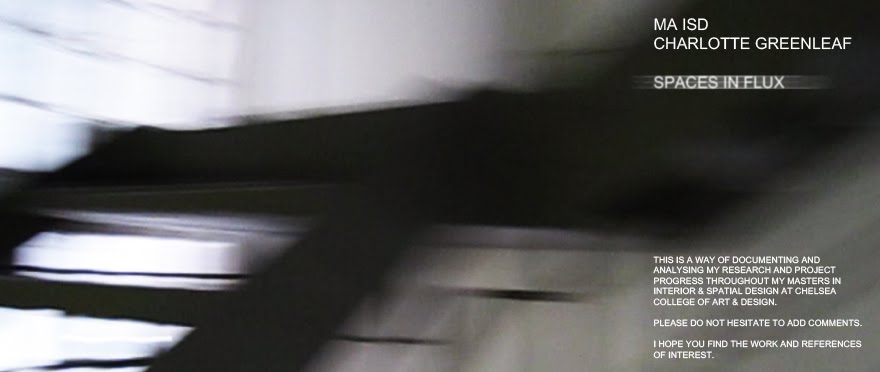The application of a moving camera in film is of utmost importance in gaining the correct cinematic experience, therefore it seems suitable to study various existing devices and tools used in film making.
Whilst researching the topic I came across this noteworthy article by Mike Jones titled Camera In Motion - Mode, Means and Method, which concerns a 'structure for providing the filmmaker with a clear mechanism for devising solutions to problems of movement'. The article discusses filming means in relation to the execution of the camera movement and intended idea and concept. These are all valuable factors to consider in the design of my filming device.
I shall briefly mention the Tripod, which allows a camera to be set at a fixed height, and then allows the camera to be moved in two planes of motion - panning and tilting, from a fixed position. Whilst the Handheld method of filming is free in its spatial direction, yet limited to human scale and subsequent to influence of the operators jolty and shaky movements. There is a strong awareness of the presence of the operator and hence the viewer in resulting film.
Camera Dolly
This piece of film equipment is designed to be able to film smooth camera movements from one location to another. The camera is mounted on a dolly which then often sits on a track, a ‘dolly grip’ then controls the camera along the track. There is also commonly a hydraulic arm which allows the camera to move on a vertical axis, such two-way motions are know as compound movements. Dollies may also be operated without a track if the surface is smooth enough. The devices can have numerous steering mechanisms to allow them to move in smooth circles, diagonally etc.

The Dolly track is usually made from steel or aluminium, this enables long track elements to be laid straight, and curved elements to be fabricated. Plastic tubing tracks can be used on cheaper budgeted productions, whilst improvised wheelchairs or skateboards can be used and achieve dollying effects also on a low budget.

The use of dollies in films can influence mood and pace within a shot, allowing for long uninterrupted shots to be created. The camera, sitting at a distance from the scene, acts as an observer, following and revealing the happenings. The following clip of the making of the final scene in Andrei Tarkovsky's film The Sacrifice, shows how this shot was captured through the use of a camera dolly.
This was also the process by which Joe King captured Seachange (previously discussed on blog), and parallels can be drawn between the content and filming process.
Steadicam
Steadicam is a handheld device which isolates the camera from the operators movements, the device's framework absorbs the shakes, jerks and bumps of the operators movements, allowing smooth free-flowing film shots to be captured. The operator has the freedom of movement of a handheld camera, whilst producing the smooth results of a dolly without the need for a track. This means that the Steadicam can be used to film continuous winding shots over uneven surfaces, tackling stairs etc.
The Steadicam comprises of 3 major elements:
- An iso-elastic arm
- A supportive vest/harness
- A 'sled' which holds the camera equipment

Image from How Stuff Works website
Mounted at opposing ends of the sled is the camera and a counterbalance (battery with monitor), the sled is connected to the iso-elastic arm by a gimbal just above the centre of gravity of the pole to avoid the camera tilting in any direction, which is then attached to the vest which the operator wears. The cameraman usually holds the sled pole around the centre of gravity to control the device. The gimbal ensures the camera is kept level, whilst the distributed weight of the sled means that the camera is kept balanced. When the cameraman moves, the base of the iso-elastic arm moves also, whilst the spring system in the arm governs for the weight of the sled, and thus the camera smoothly moves into position. The positioning of the camera and monitor and battery can be reversed to capture low angle shots.
The Steadicam has been previously mentioned for its implementation in filming Stanley Kubrick's The Shining.


No comments:
Post a Comment